No products in the cart.
Eco-Friendly Skincare Packaging Boosts Brand and Planet
-
By: Caroline Ray
-
February 17, 2025
Could the secret to boosting both your skincare brand and the planet lie in eco-friendly packaging? As consumer preferences shift, with 67% considering environmental impact in their purchase decisions, brands are reaping the benefits of sustainable practices. Statistics reveal 73% of shoppers are willing to pay a premium for products with eco-friendly packaging. The time has come to integrate eco-friendly choices into skincare packaging. This blog explores how adopting these practices reduces waste and enhances brand image, aligning your business with ecological sustainability and customer demand.
 Selecting the right materials for skincare packaging is critical in reducing environmental impact and enhancing product appeal. Sustainable packaging options provide a path toward minimizing waste and promoting eco-friendly practices within the beauty industry. These materials not only support environmental goals but also maintain the quality and protection of skincare products.
Selecting the right materials for skincare packaging is critical in reducing environmental impact and enhancing product appeal. Sustainable packaging options provide a path toward minimizing waste and promoting eco-friendly practices within the beauty industry. These materials not only support environmental goals but also maintain the quality and protection of skincare products.
 Transitioning to eco-friendly skincare packaging is crucial for brands aiming to enhance their eco-conscious branding and sustainable business practices. What makes this transition important? It allows brands to align with consumer demand for environmentally responsible products and positions them as leaders in packaging innovation. This strategic shift not only benefits the environment but also strengthens brand loyalty and market competitiveness.
Transitioning to eco-friendly skincare packaging is crucial for brands aiming to enhance their eco-conscious branding and sustainable business practices. What makes this transition important? It allows brands to align with consumer demand for environmentally responsible products and positions them as leaders in packaging innovation. This strategic shift not only benefits the environment but also strengthens brand loyalty and market competitiveness.
Benefits of Eco-Friendly Skincare Packaging for Brands and the Environment
Eco-friendly skincare packaging is a significant contributor to environmental sustainability by minimizing waste and reducing carbon footprint. Packaging materials that decompose naturally or can be recycled prevent the accumulation of waste in landfills. This reduction in waste not only conserves natural resources but also decreases the overall environmental impact of product packaging. By opting for eco-friendly materials, brands play a crucial role in environmental conservation efforts. Consumer preferences are increasingly favoring eco-friendly products, with 67% of shoppers considering the environmental impact when making skincare purchases. This shift in consumer behavior highlights the growing demand for sustainable options in the marketplace. Brands that align with this trend can capitalize on a market willing to invest in eco-conscious products. Notably, 73% of consumers express a willingness to pay more for products featuring eco-friendly packaging, illustrating the potential for increased sales and customer loyalty.- Reduces waste and carbon footprint
- Aligns with consumer demand for sustainability
- Increases willingness to pay premium prices
- Enhances brand image and loyalty
- Supports regulatory compliance in eco-conscious markets
Types of Sustainable Materials for Skincare Packaging
 Selecting the right materials for skincare packaging is critical in reducing environmental impact and enhancing product appeal. Sustainable packaging options provide a path toward minimizing waste and promoting eco-friendly practices within the beauty industry. These materials not only support environmental goals but also maintain the quality and protection of skincare products.
Selecting the right materials for skincare packaging is critical in reducing environmental impact and enhancing product appeal. Sustainable packaging options provide a path toward minimizing waste and promoting eco-friendly practices within the beauty industry. These materials not only support environmental goals but also maintain the quality and protection of skincare products.
Biodegradable Plastics
Biodegradable plastics offer a promising solution for reducing plastic waste. These materials break down naturally over time, minimizing their presence in landfills and oceans. In skincare packaging, biodegradable plastics can be used for containers, tubes, and wrapping. By utilizing these materials, brands can significantly lower their environmental footprint while still providing durable and effective packaging solutions that meet consumer expectations.Recycled Paper
Recycled paper is a versatile material, known for its use in creating boxes, labels, and inserts for skincare products. This sustainable option not only reduces the demand for virgin materials but also supports recycling initiatives. Techniques like embossing can be applied to recycled paper to enhance its aesthetic appeal, adding texture and a premium feel to the packaging without compromising sustainability. The adaptability of recycled paper makes it a popular choice for brands aiming to balance environmental concerns with innovative design.Glass and Aluminum
Glass and aluminum are highly recyclable materials, often used for their luxury appeal and durability in skincare packaging. Glass is ideal for products requiring airtight containers, like serums and oils, while aluminum provides lightweight yet robust protection for creams and lotions. Both materials can be recycled indefinitely without losing quality, making them excellent choices for eco-conscious brands seeking to combine elegance with environmental responsibility. Sustainable materials such as biodegradable plastics, recycled paper, glass, and aluminum play a pivotal role in eco-friendly skincare packaging. Their use not only mitigates environmental harm but also ensures that products are well-protected and visually appealing. By integrating these materials into their packaging strategies, brands can align with consumer demand for sustainability while maintaining product integrity and enhancing their market presence.Successful Case Studies in Eco-Friendly Skincare Packaging
The beauty industry is increasingly prioritizing sustainable packaging as consumer demand for eco-friendly solutions grows. What drives this shift? The answer lies in the rising eco-consciousness among consumers who prefer products that contribute to environmental conservation. With 67% of shoppers considering environmental impact in their purchasing decisions, brands are compelled to adopt sustainable practices. This trend is not only a response to consumer preferences but also a strategic move to enhance brand sustainability and eco-friendly packaging awareness. Brands like Lush and Tata Harper exemplify successful integration of eco-friendly packaging, reaping significant benefits. How have they succeeded? Lush has embraced sustainable packaging by using minimal to no packaging, such as their “naked” products, leading to increased customer loyalty. Tata Harper, on the other hand, uses recyclable and refillable glass containers, which has resulted in a boost in sales. These cases highlight how adopting eco-friendly packaging can solidify brand sustainability while driving business success. | Brand | Outcome | |————|————————–| | Lush | Increased customer loyalty | | Tata Harper| Boost in sales |Steps to Transition to Eco-Friendly Skincare Packaging
 Transitioning to eco-friendly skincare packaging is crucial for brands aiming to enhance their eco-conscious branding and sustainable business practices. What makes this transition important? It allows brands to align with consumer demand for environmentally responsible products and positions them as leaders in packaging innovation. This strategic shift not only benefits the environment but also strengthens brand loyalty and market competitiveness.
Transitioning to eco-friendly skincare packaging is crucial for brands aiming to enhance their eco-conscious branding and sustainable business practices. What makes this transition important? It allows brands to align with consumer demand for environmentally responsible products and positions them as leaders in packaging innovation. This strategic shift not only benefits the environment but also strengthens brand loyalty and market competitiveness.
- Assess current packaging for sustainability Evaluate existing packaging materials and processes to identify areas where environmental impact can be reduced. Determine which elements are recyclable, reusable, or biodegradable, and consider the overall carbon footprint of the packaging lifecycle.
- Research sustainable material alternatives Investigate options such as biodegradable plastics, recycled paper, glass, and aluminum. Explore how these materials can be applied to your product line while maintaining durability and functionality. Consider innovations in packaging technology that enhance sustainability.
- Collaborate with suppliers for implementation Work closely with suppliers who specialize in eco-friendly materials and processes. Establish partnerships that facilitate the integration of sustainable options into your supply chain, ensuring quality and cost-effectiveness.
- Design packaging that maintains brand aesthetics Develop packaging designs that reflect your brand identity while incorporating sustainable materials. Ensure that the packaging remains visually appealing, functional, and aligned with consumer expectations for premium products.
- Monitor and adapt practices for continuous improvement Implement systems to track the performance of eco-friendly packaging solutions and gather consumer feedback. Use this data to refine packaging strategies, address any challenges, and remain compliant with evolving regulatory standards. The long-term benefits of adopting eco-friendly skincare packaging are manifold. In what ways does this transition benefit brands? It can lead to significant cost savings by reducing material waste and improving supply chain efficiency. Moreover, aligning with regulatory trends favoring sustainable practices positions brands for future compliance and market leadership. By investing in sustainable packaging, brands not only contribute to environmental conservation but also reinforce their commitment to innovation and consumer satisfaction.
Innovative Trends in Eco-Friendly Skincare Packaging
The beauty industry is witnessing a significant shift towards eco-friendly packaging, focusing on designs that are both recyclable and environmentally responsible. Minimalist skincare packaging is at the forefront of this movement, emphasizing simplicity and functionality without compromising on aesthetics. By reducing the use of excessive materials and layers, brands can lower their environmental impact while maintaining a premium look. This approach not only appeals to the growing consumer demand for sustainability but also enhances the unboxing experience by highlighting the product itself rather than elaborate packaging.- Minimalist design principles
- Connected packaging solutions with digital elements
- Right-sized packaging for optimized efficiency
Final Words
Embracing eco-friendly skincare packaging offers immense benefits for both brands and the planet. From reducing waste and aligning with consumer demand to enhancing brand image, sustainable packaging presents a compelling advantage. Exploring biodegradable and recyclable materials contributes significantly to environmental protection. Success stories, such as Lush and Tata Harper, showcase the positive impact on sales and loyalty. Transitioning to eco-friendly solutions involves thoughtful planning and collaboration with suppliers, resulting in long-term cost savings. Innovative trends continue to evolve, reinforcing eco-conscious branding. Eco-friendly skincare packaging is a win-win strategy, promising growth in a sustainable direction.FAQ
What are some popular eco-friendly skincare packaging options?
Eco-friendly skincare packaging includes biodegradable plastics, recycled paper, glass, and aluminum. These materials are chosen for their recyclability, reduced environmental impact, and ability to provide effective product protection.How does eco-friendly packaging benefit brands and the environment?
Eco-friendly packaging reduces waste and carbon footprint, aligns with consumer demand, and enhances brand image. It also supports regulatory compliance and encourages customer loyalty by appealing to eco-conscious consumers.What consumer trends are influencing the adoption of eco-friendly skincare packaging?
A significant shift in consumer preferences shows that 67% of shoppers consider environmental impact when buying skincare products, and 73% are willing to pay more for eco-friendly packaging.Can you provide examples of brands successfully using eco-friendly skincare packaging?
Brands like Lush and Tata Harper have successfully integrated eco-friendly packaging, resulting in increased customer loyalty and sales. Their efforts reflect the growing trend and demand for sustainable beauty solutions.What steps should businesses take to transition to eco-friendly skincare packaging?
Businesses should assess current packaging, research sustainable alternatives, collaborate with suppliers, design packaging maintaining brand aesthetics, and continuously monitor and adapt practices for ongoing improvement.What are some innovative trends in eco-friendly skincare packaging?
Innovative trends include minimalist design principles, connected packaging solutions with digital elements, and right-sized packaging for optimized efficiency, all focusing on sustainability and environmental responsibility.
Caroline Ray
Hello, I’m Caroline Ray, a custom packaging consultant and designer. With a professional journey spanning over eight years, I’ve evolved from a budding designer to a recognized expert in the field. Currently holding the position of Packaging Consultant, I’ve honed my skills in creating not just visually stunning packaging but also solutions that align with strategic business goals for custom pacakging.
Tag
Categories
List Posts
February 26, 2025
Smart Packaging for Smart Devices: Design Innovations
February 26, 2025
Functional Packaging: Protecting and Showcasing Tech Accessories
February 18, 2025
Unboxing Joy: Creative Packaging Ideas That Delight
February 17, 2025

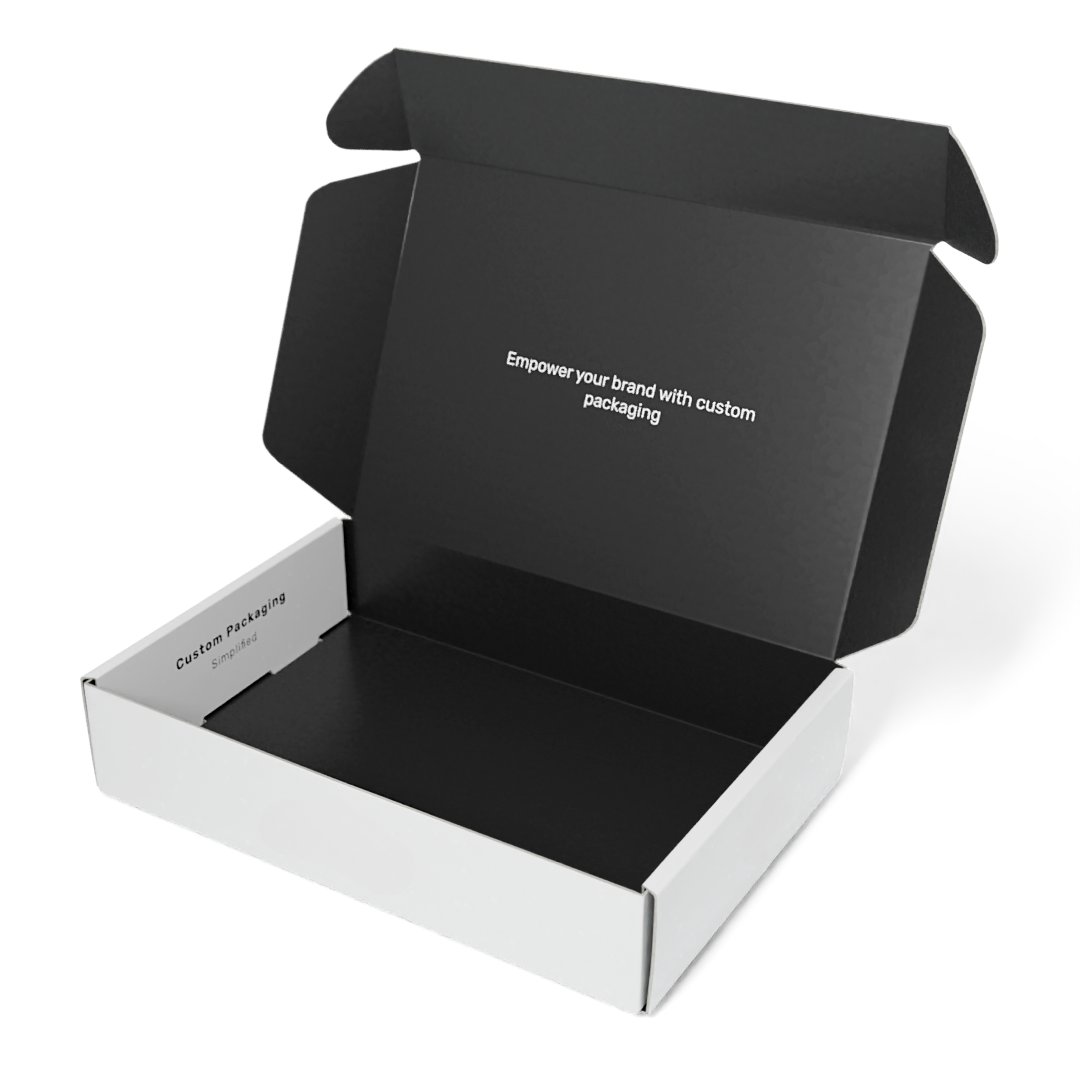
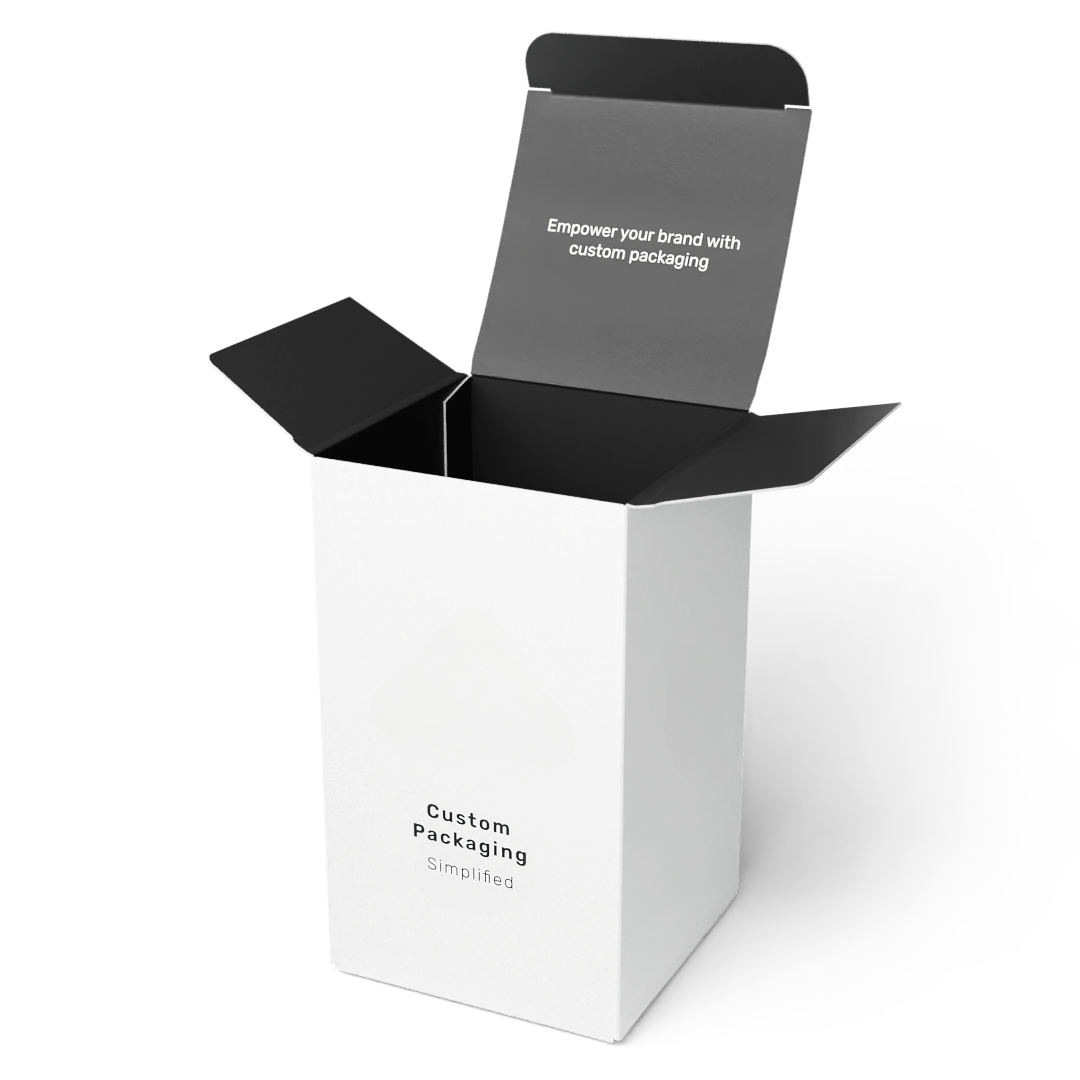
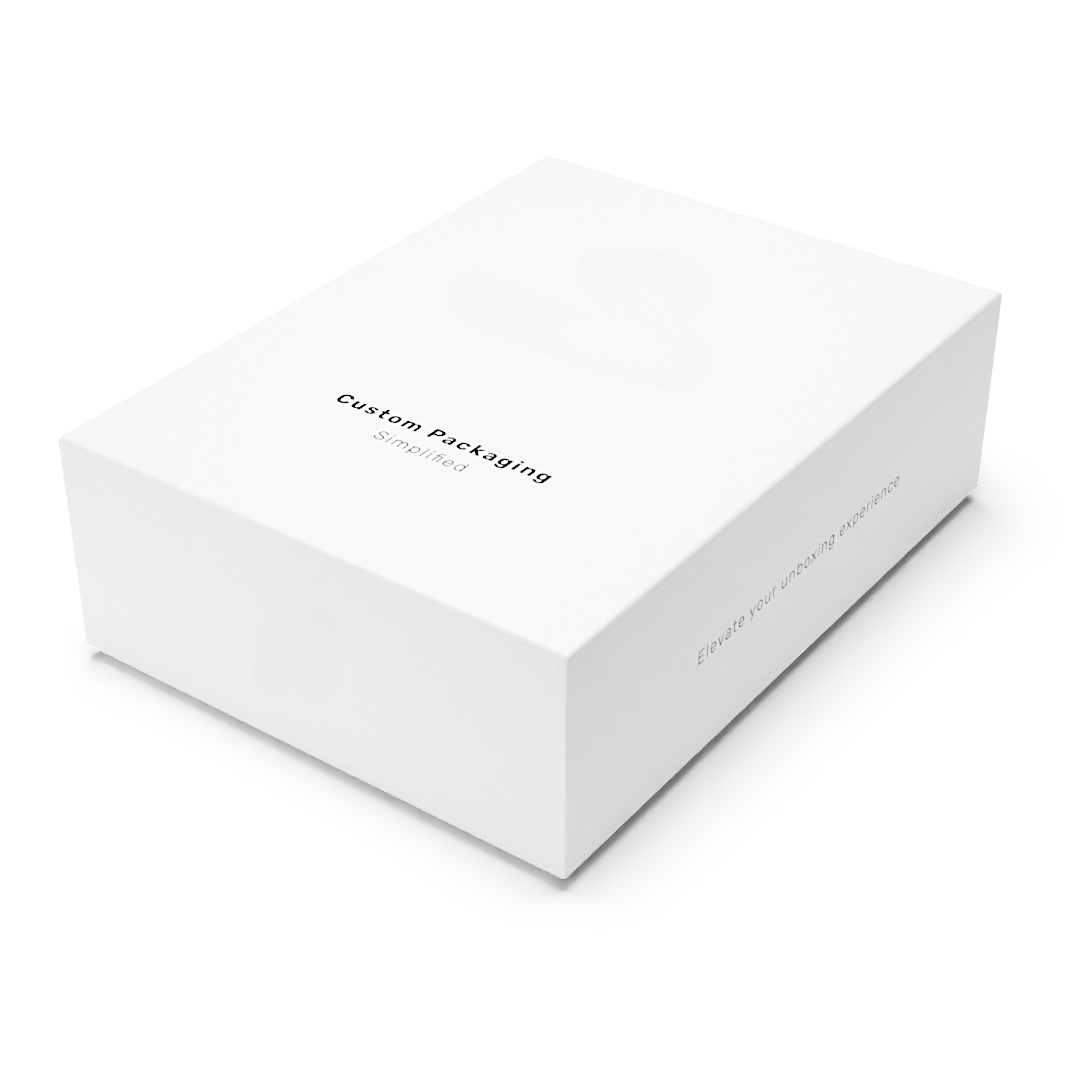
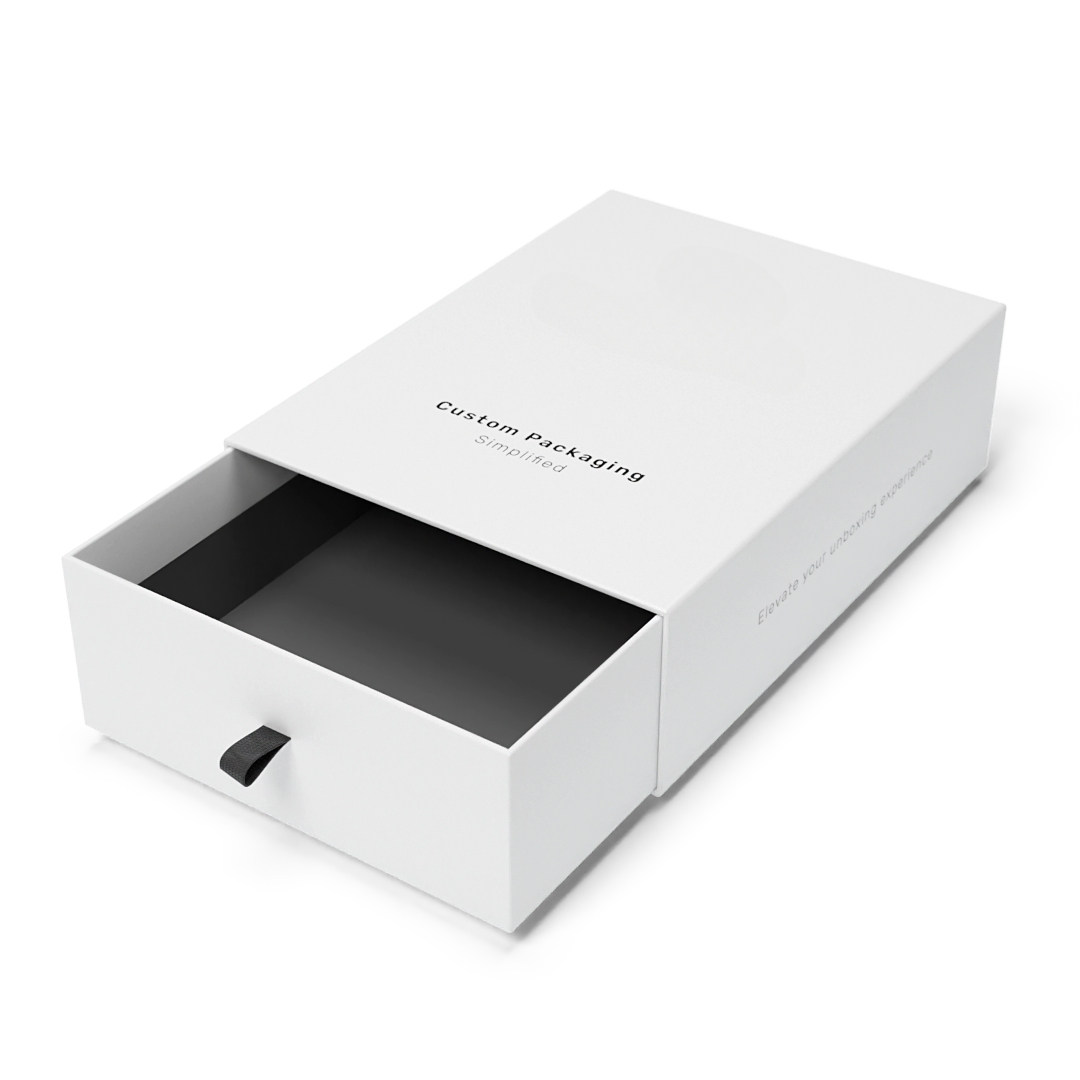
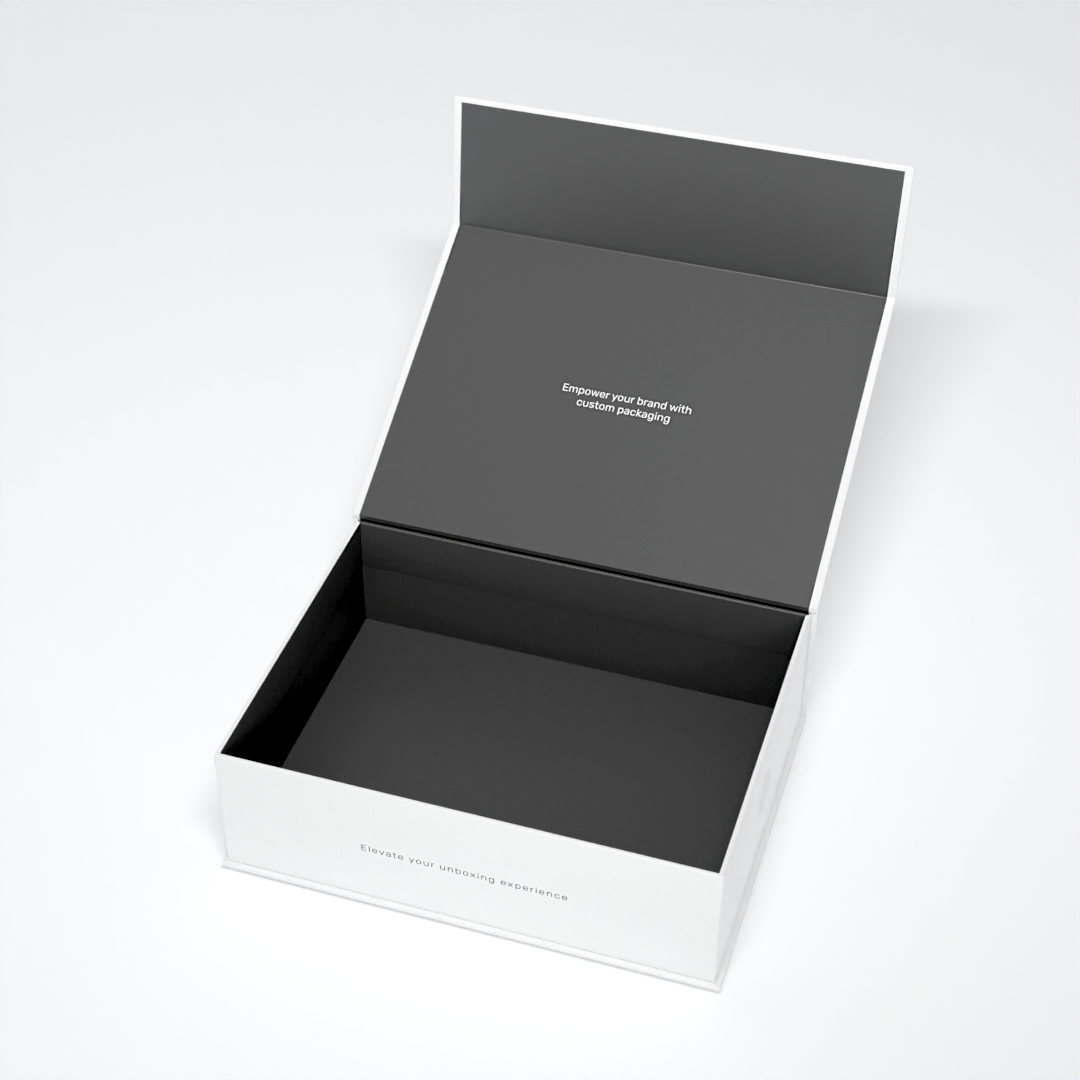


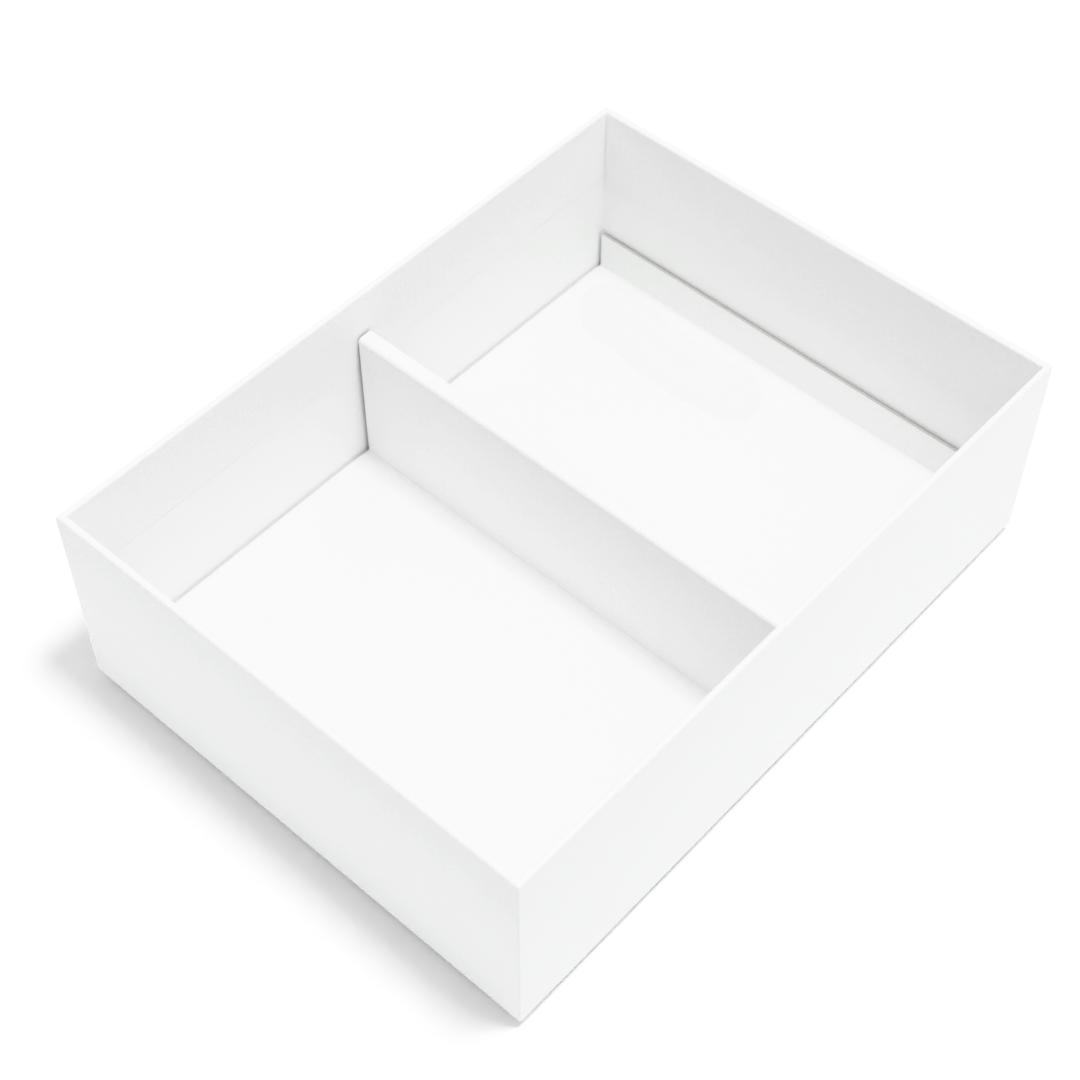
Leave a comment